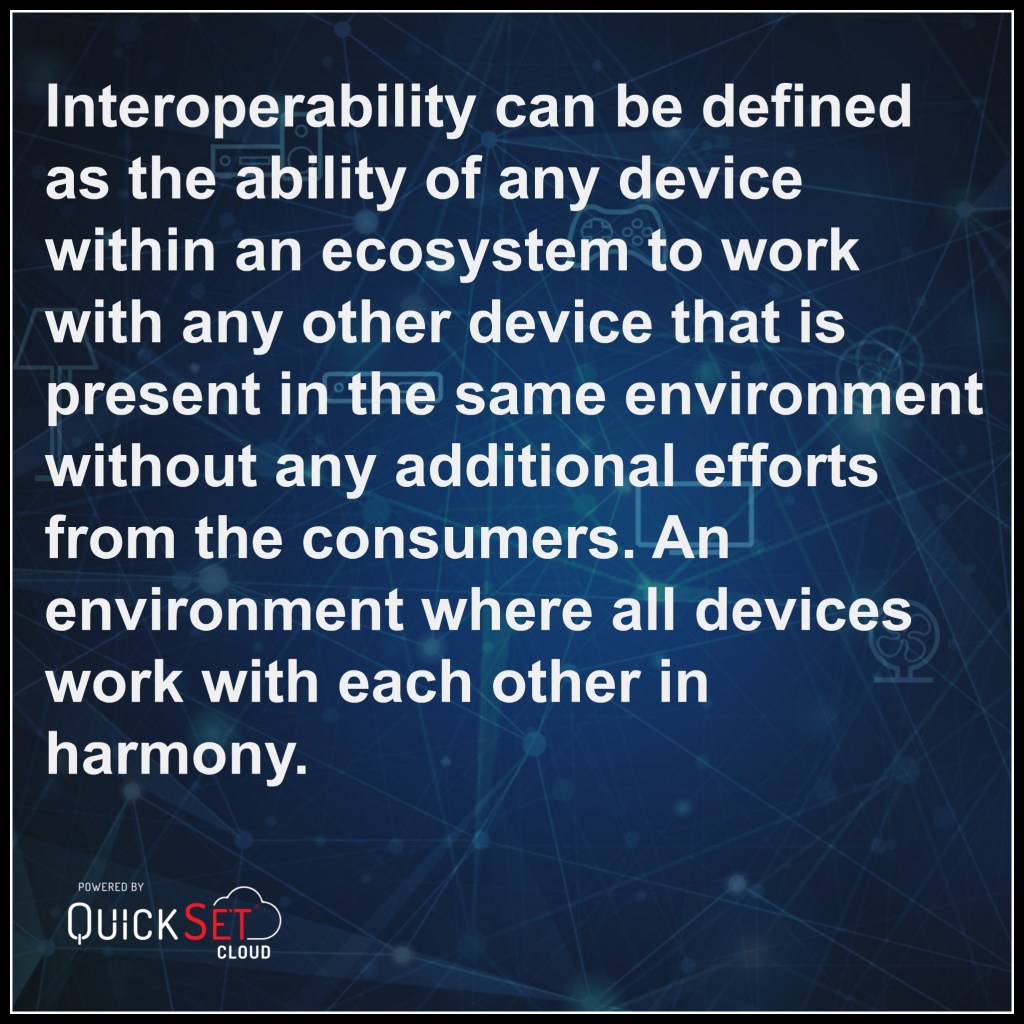Interoperability: The Cornerstone Of Connected Home
Content Submitted by Universal Electronics Inc.
A recent survey by Parks Associates claimed that 75% of the consumers purchasing a new device want it to work with the existing devices within their homes. This means that consumers value interoperability, but what does this actually mean? What is it that consumers really want?!
Let's take a look at some examples from today's homes. I am a consumer and want to buy a new garage door opener. Before making a purchase, I want to make sure that it works with the existing hub in my home and I can use the same interface to see my garage door status or control it!
Last week, my roommates and I decided to purchase some window shade controllers for our home and ended up spending a lot of time looking for the specific brands that work with our existing thermostat. This is what interoperability means to a consumer, that any new device that enters the home works smoothly with all other existing devices.
Interoperability can be defined as the ability of any device within an ecosystem to work with any other device that is present in the same environment without any additional efforts from the consumers. An environment where all devices work with each other in harmony.
Manufacturers have tried to address this pain point either through a centralized hub such as the TV in the living room, acting as an orchestrator in the environment or by building interoperable devices that work with major hubs or assistants already existing within the home.

Next: Device Fingerprinting Across Home Networks
Previous: Voice First and AI Competition at What's Next Boomer Business Summit
Comments
-
Be the first to leave a comment.
Post a Comment
Have a comment? Login or create an account to start a discussion.


